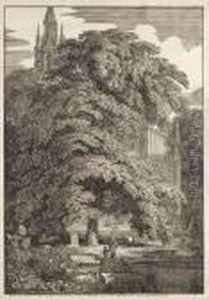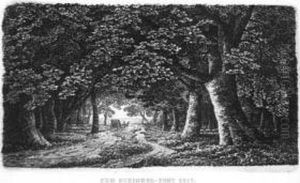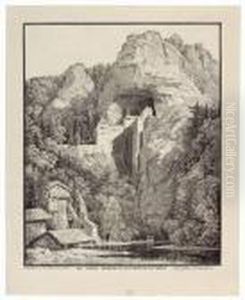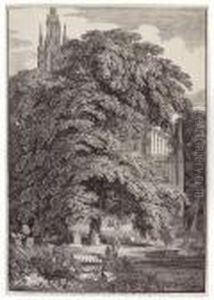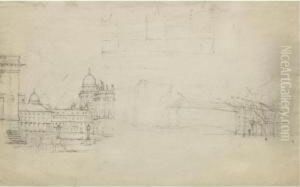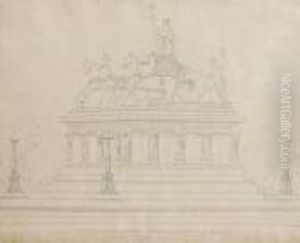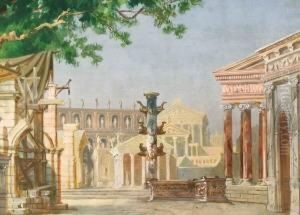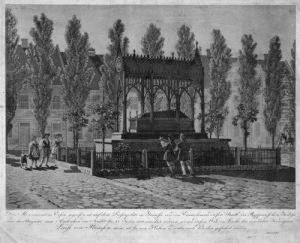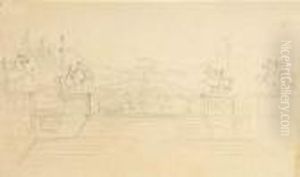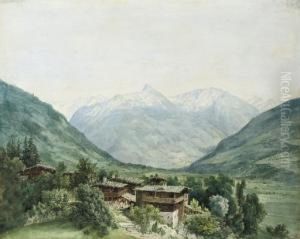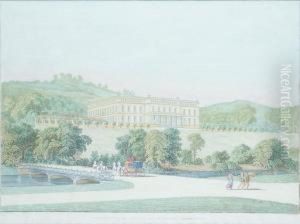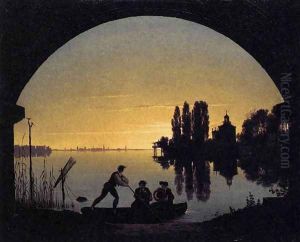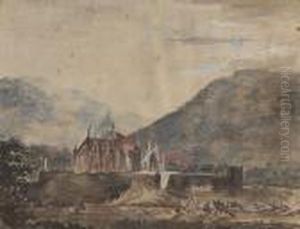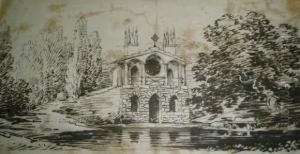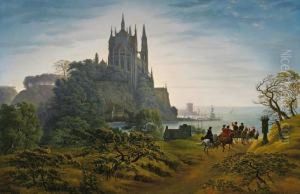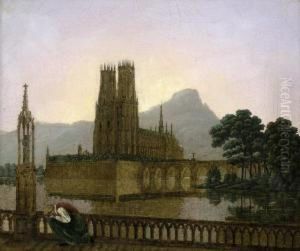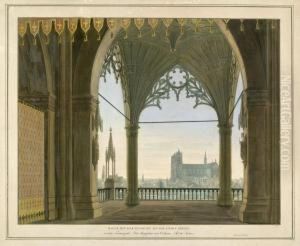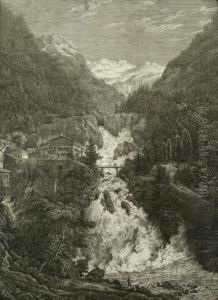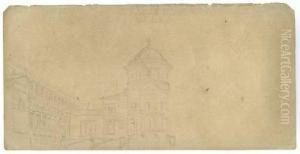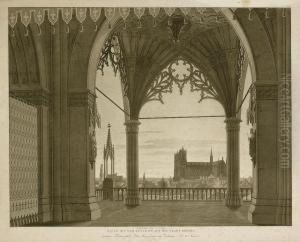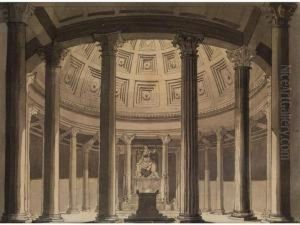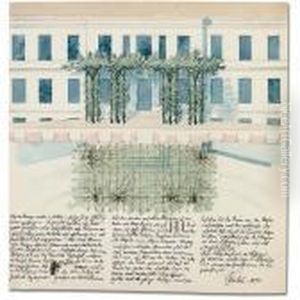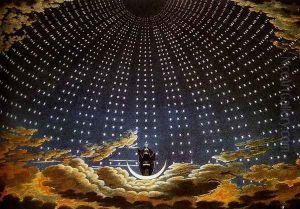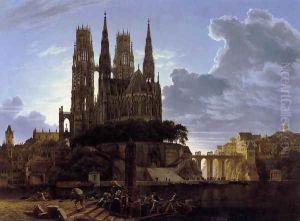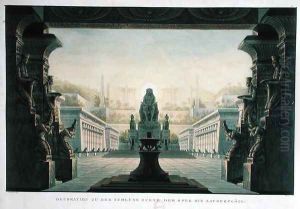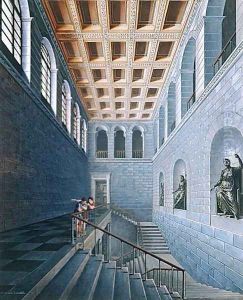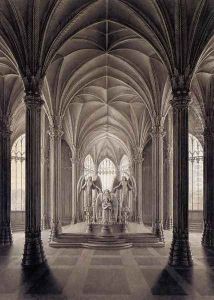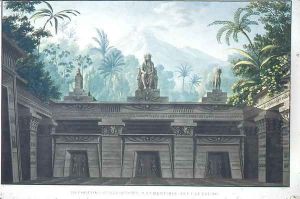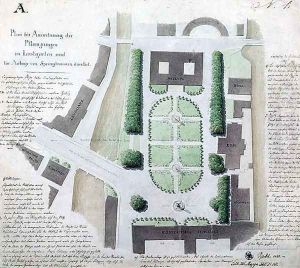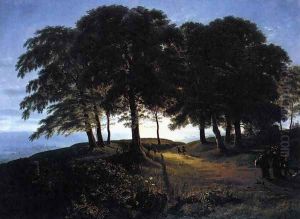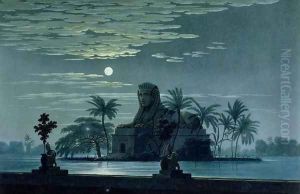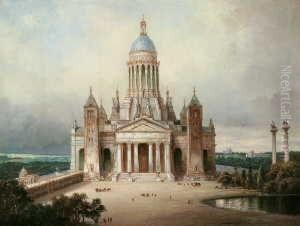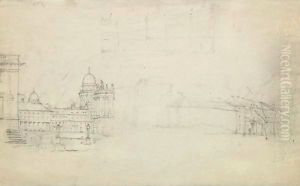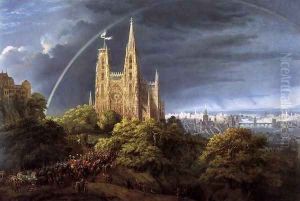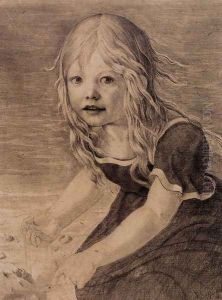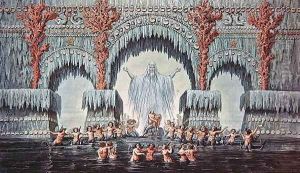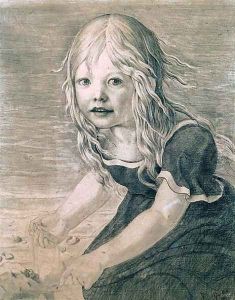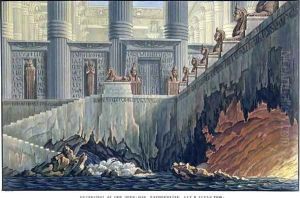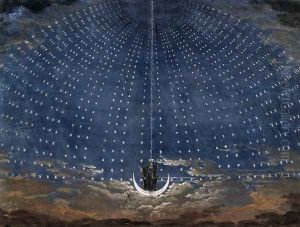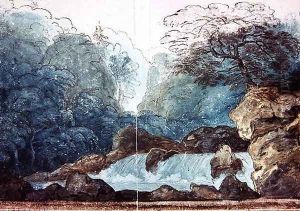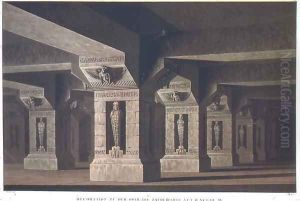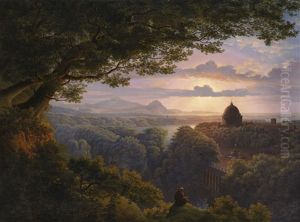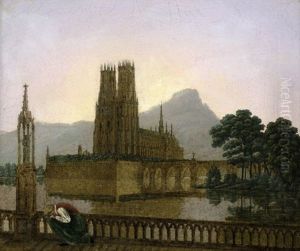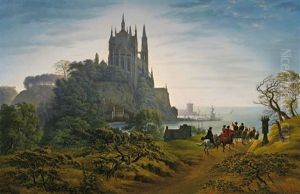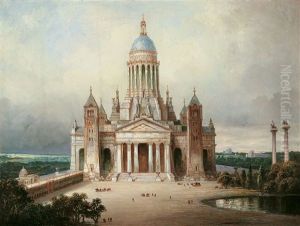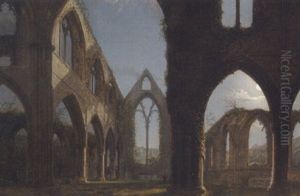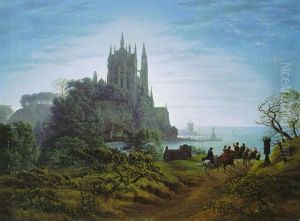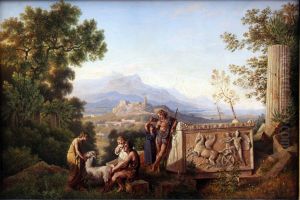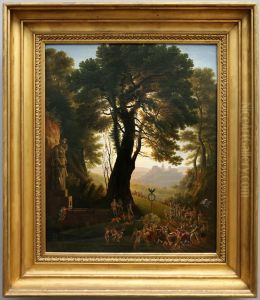Karl Friedrich Schinkel Paintings
Karl Friedrich Schinkel was a Prussian architect, city planner, and painter who is considered one of the most prominent figures in neoclassicism and is well-regarded for his cultural influence in shaping the architectural character of Berlin and other parts of Germany during the 19th century. Born on March 13, 1781, in Neuruppin, Brandenburg, Schinkel grew up in a time of great social and political changes, which influenced his work and thinking.
Schinkel's architectural training began after the tragic death of his father, a superintendent of a province's highways, which left the family in difficult financial circumstances. He was able to study thanks to the patronage of a family friend, who funded his education at the Berlin Building Academy. Schinkel's talent was evident early on, and he quickly became a protégé of Friedrich Gilly, a leading architect of the time, and later, David Gilly, Friedrich's father.
During his early career, Schinkel also showed talent in painting and stage set design, which was reflected in his work as an architect, as he approached architectural design with an artist's sensitivity to form and composition. He traveled extensively through Italy and France between 1803 and 1805, which greatly influenced his design philosophy and his appreciation for classical architecture.
Schinkel's major works include the Altes Museum in Berlin, which exemplifies his approach to neoclassical architecture with its clear lines and reference to classical Greek structures. His other notable works include the Schauspielhaus (Playhouse) on the Gendarmenmarkt, the Neue Wache as a guardhouse for the Crown Prince of Prussia, and the Friedrichswerder Church, all of which showcase his mastery of a style that combined classical clarity with Germanic solidity.
As an architect and city planner, Schinkel also played a significant role in the planning of Berlin, developing designs for a variety of urban projects and influencing the future direction of the city's architectural development. His vision for architecture went beyond mere construction; he saw it as a means to elevate society and reflect cultural ideals.
Schinkel's influence extended to his work as an educator, where he taught at the Berlin Building Academy and mentored a generation of architects. He was also involved in the design of furniture, interiors, and even stage sets for the Royal Opera. Schinkel's legacy is a testament to his ability to blend aesthetics, functionality, and cultural expression in his designs.
Karl Friedrich Schinkel passed away on October 9, 1841, in Berlin, leaving behind a rich architectural heritage that continues to be studied and admired for its historical significance and enduring beauty.
